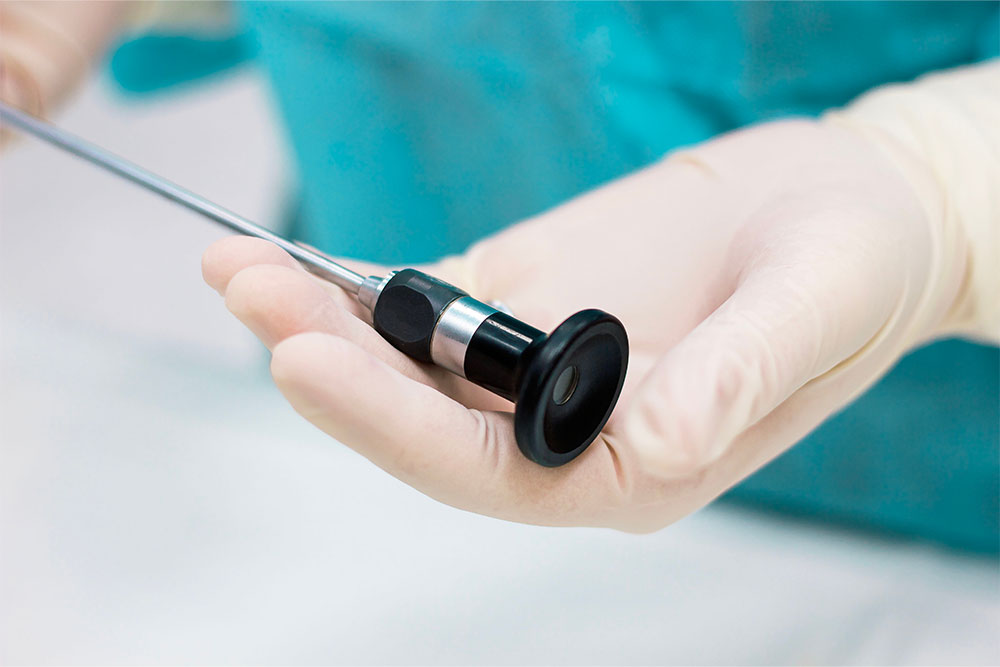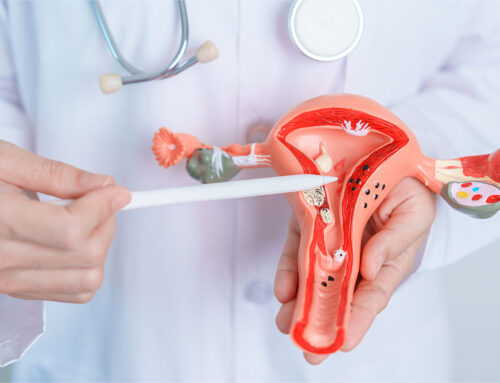Hysteroscopy means “looking inside the uterus”. It is done by inserting a thin scope attached to a camera through the vagina and the cervical opening and into the endometrial cavity (that’s the inside of the uterus).
It is performed to evaluate or treat multiple conditions. The most common indications for performing hysteroscopy include:
- Evaluating abnormal bleeding, including postmenopausal bleeding
- Removing polyps
- Removing fibroids
- Removing foreign body, mainly retained IUD with lost strings or a malpositioned IUD
- Removing uterine adhesions
- Removing uterine septum
- Performing endometrial ablation
- Performing Essure tubal occlusion for sterilization
Traditionally, the procedure used to be done in the Operating Room. However, with improved technology, it is nowadays mostly done in the Office. Office hysteroscopy is done under local anesthesia and is safe when done by an experienced gynecologist.
I recommend Ibuprofen 800mg tablet or Ketorolac intramuscular injection at least 30 minutes before the procedure (unless you’re allergic). Also, I recommend misoprostol 200 microgram buccal 2 hours before the procedure. Misoprostol will soften the cervix and allows smoother access into the cavity of the uterus, which will make the hysteroscopy easy, fast and safe.
You could watch the procedure on the screen while it is being performed. For most office hysteroscopic procedure, you do not necessarily need any sedation and there is no need to take any time off after the procedure.







